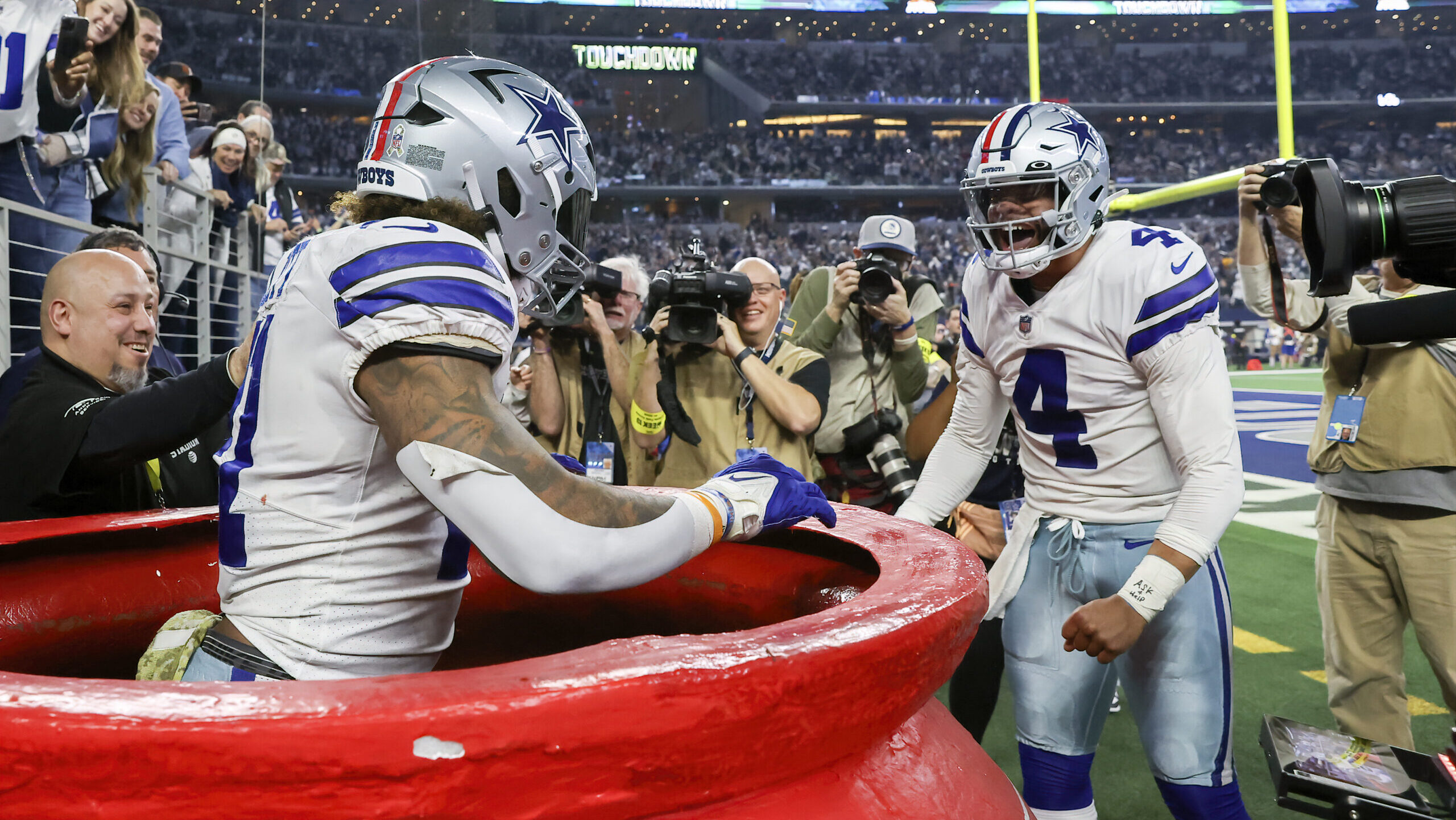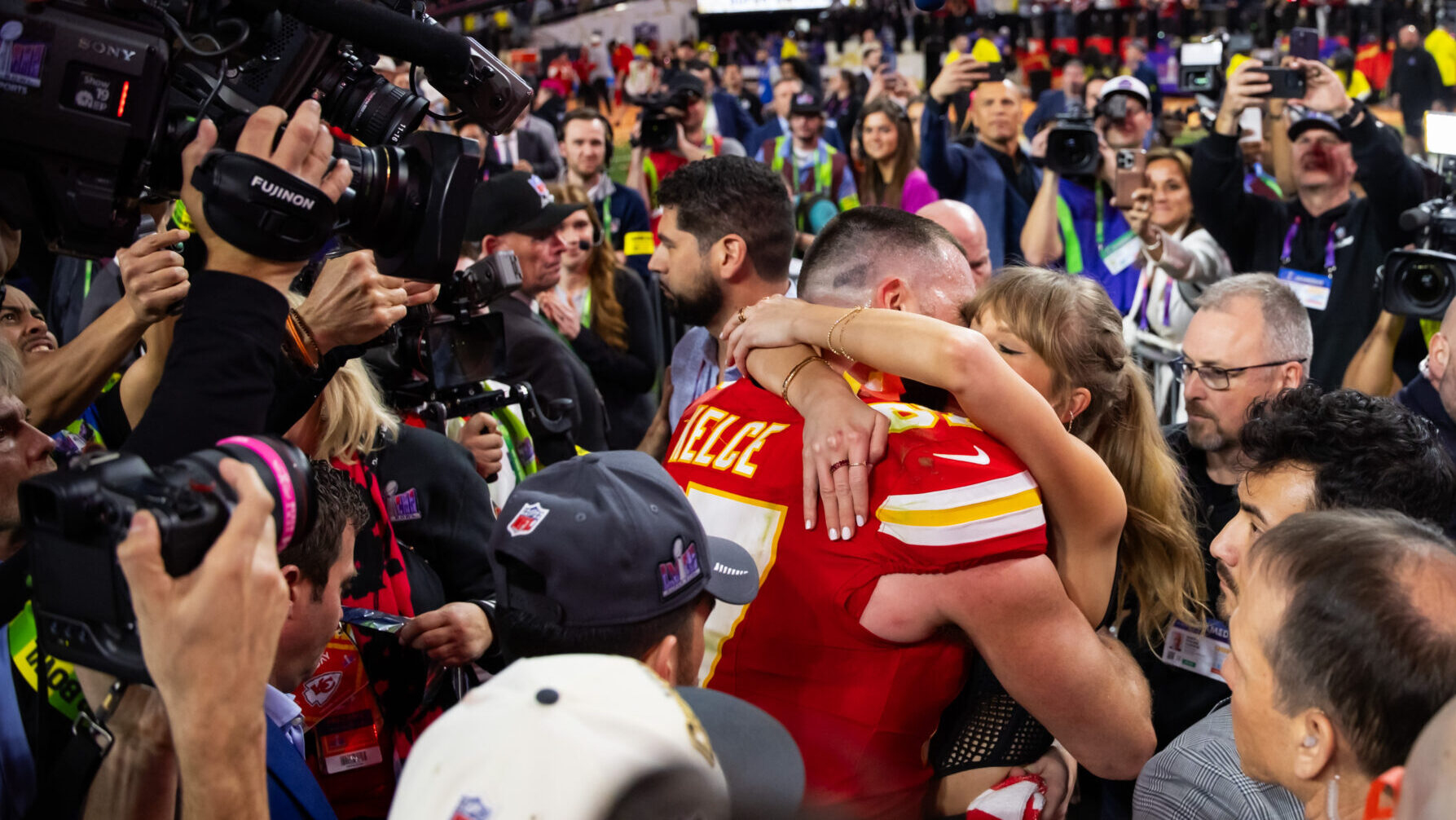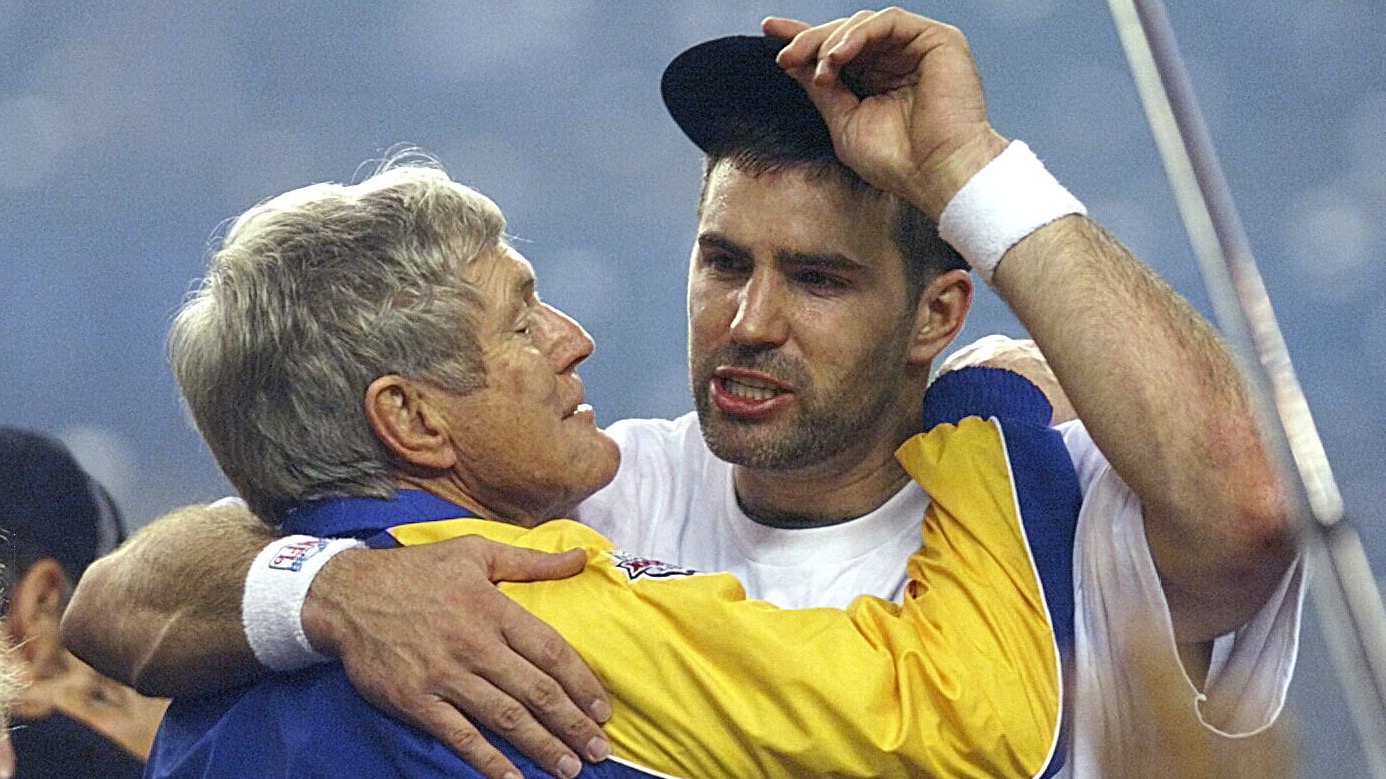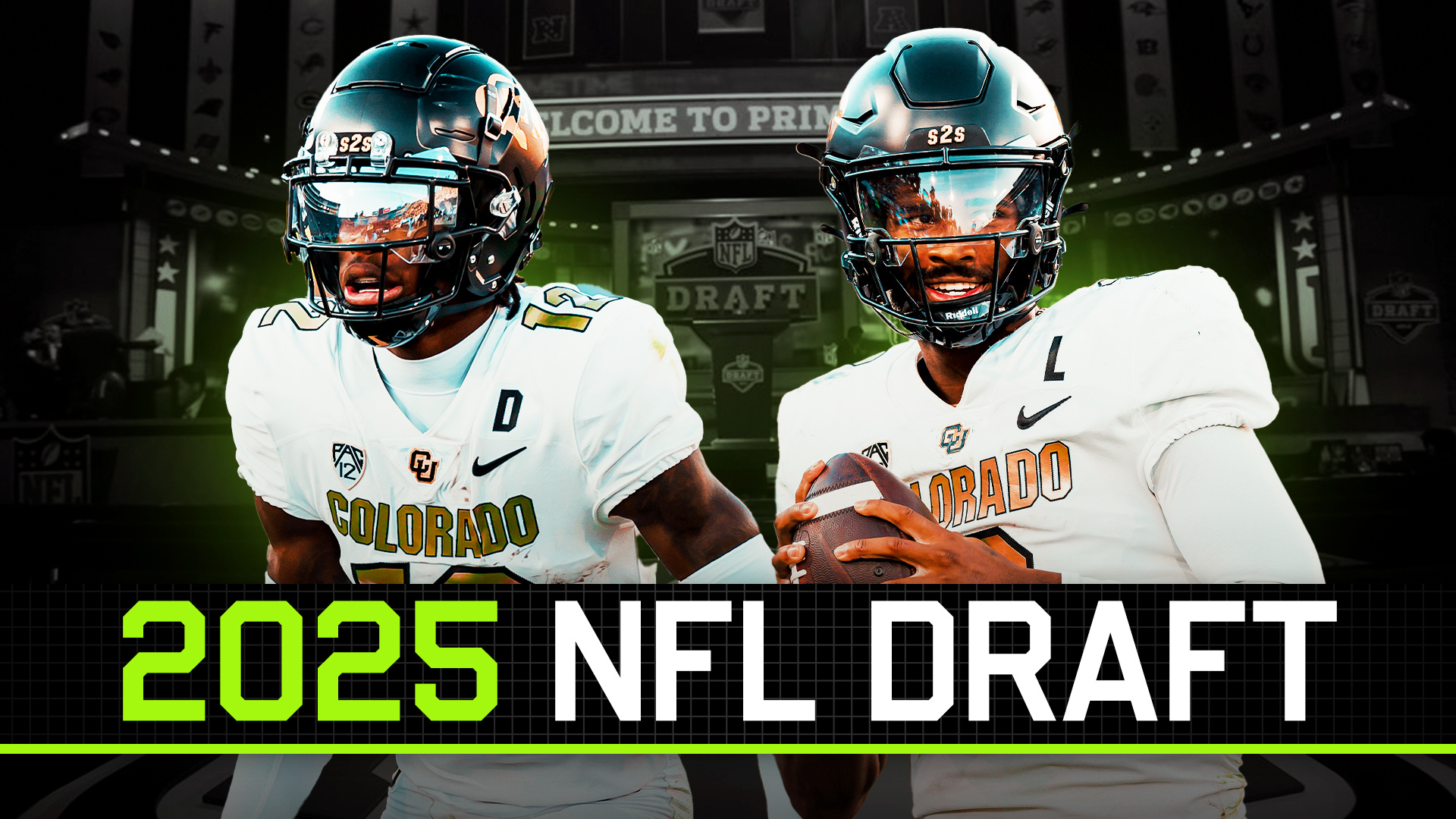Analysis
1/5/23
4 min read
Why Do Teams Keep Calling NFL's Most Inefficient Red-Zone Play?
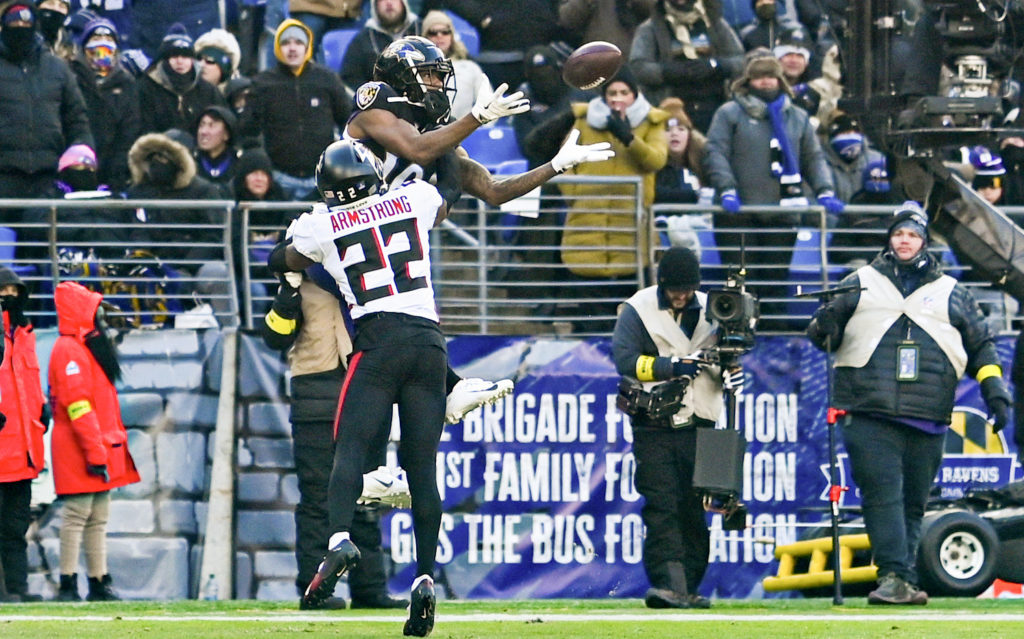
First and foremost, please keep Damar Hamlin and his family in your thoughts and prayers as he continues to fight at the University of Cincinnati Medical Center. Please also consider donating to Hamlin’s Chasing M’s Foundation, which supports toy drives, back-to-school drives, kids camps and more in the community.
The surging Steelers opened the game in hostile Baltimore Sunday night marching right into a goal-to-go situation in which they took eight minutes off the clock. After a Pat Freiermuth false start, an incompletion and a Najee Harris 5-yard gain, it was third-and-goal from the two-yard line. What was their third-down play call in a "need to convert" situation? A fade route to George Pickens in the right corner of the end zone was broken up.
Converting on goal-to-go situations comes down to executing the most efficient plays possible in order to punch the ball into the end zone. Careers, both on the field and on the sideline, can be defined by what happens in these situations.
However, NFL play callers are continuing to dial up one of the most inefficient plays in football in goal-to-go situations, the goal line fade. Teams still believe throwing the ball in a tight corner for their big-bodied receiver to go up and get it is the best option they have, but it is quite the opposite.
Looking at the Stats
Back in 2019, a former writer at SIS wrote about goal-to-go offenses and highlighted the inefficiency of the goal-line fade from 2016-2018. The year is now 2023, and not much has changed.
At SIS, we aggregate specific target types to 30 specific groupings, and both the back shoulder fade and the normal fade specific target types come in the bottom two in EPA per target.
They are the two most inefficient target types, and yet they combine to be the fourth-most attempted target type in goal-to-go situations.
Bottom Five Target Types in Goal-to-Go Situations in the NFL Since 2018
| Target Type | EPA/Target | Positive Play Percentage |
| Whip | -0.08 | 46% |
| Comeback | -0.15 | 32% |
| Broken Play | -0.15 | 39% |
| Back Shoulder Fade | -0.17 | 35% |
| Fade | -0.27 | 29% |
Yes, you are reading the chart correctly. Even a broken play (which could be a bobbled snap, missed handoff, etc. or a play that is extended far beyond its design) has a higher EPA per target and positive play percentage in goal-to-go situations than any type of fade route.
When adding in running plays, targeted fade routes are still the least efficient play in goal-to-go according to EPA per play and are still the eighth-most utilized option.
The Big Receivers Don't Always Win
We can also debunk big-bodied receivers faring better on goal-line fades than smaller receivers. Receivers six feet tall or less have the highest EPA per target on fade routes. Receivers 6-foot-4-inches and taller fare better than those between 6-foot-1-inch and 6-foot-3-inches, but both groups are solidly negative. Even a small glimmer of success on these target types breaks conventional wisdom.
So, where do we stand this season? With one week to go, there have been 75 targeted goal-to-go fade routes. If there are none attempted in Week 18, this would be tied (with 2021) for the lowest amount since 2018. However, the EPA per target is currently the third-lowest at -0.17.
Goal-to-go fade routes are still the most inefficient plays in these situations, yet they are still utilized in the most crucial points of the game. Teams are getting savvier when it comes to go/no-go decisions on fourth downs close to the goal line, so perhaps play selection is the next frontier as teams seek to optimize these key plays.
Prepared by James Weaver


